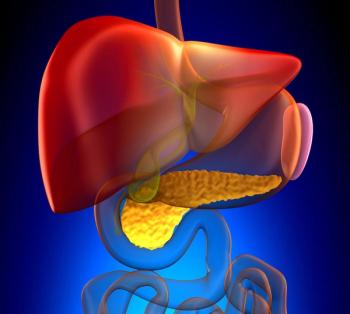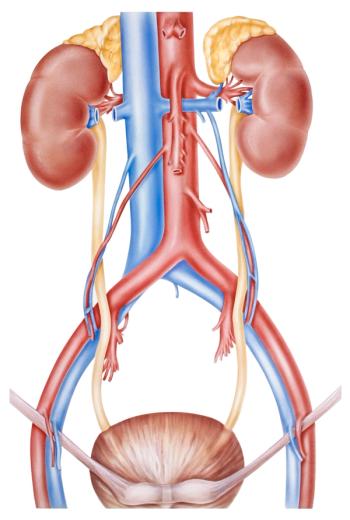
|Slideshows|August 15, 2015
Top Ten ICD-10 Tips for Oncology Practices
Author(s)Michelle Cavanaugh, RN, CPC
In the long term, ICD-10 has the potential to benefit oncology through improved data collection, but right now, practices just need to focus on preparing for the change. Here are 10 tips for oncologists.
Advertisement
Newsletter
Stay up to date on recent advances in the multidisciplinary approach to cancer.
Advertisement
Advertisement
Advertisement
Trending on CancerNetwork
1
FDA OKs Subcutaneous Amivantamab in EGFR+ NSCLC
2
Imlunestrant Combo Will Not Be Pursued for FDA Approval in Breast Cancer
3
FDA Grants Regular Approval to Rucaparib in Metastatic CRPC
4
Gathering Data to Ascertain Biomarker Specificity in HER2– Breast Cancer
5


















































































